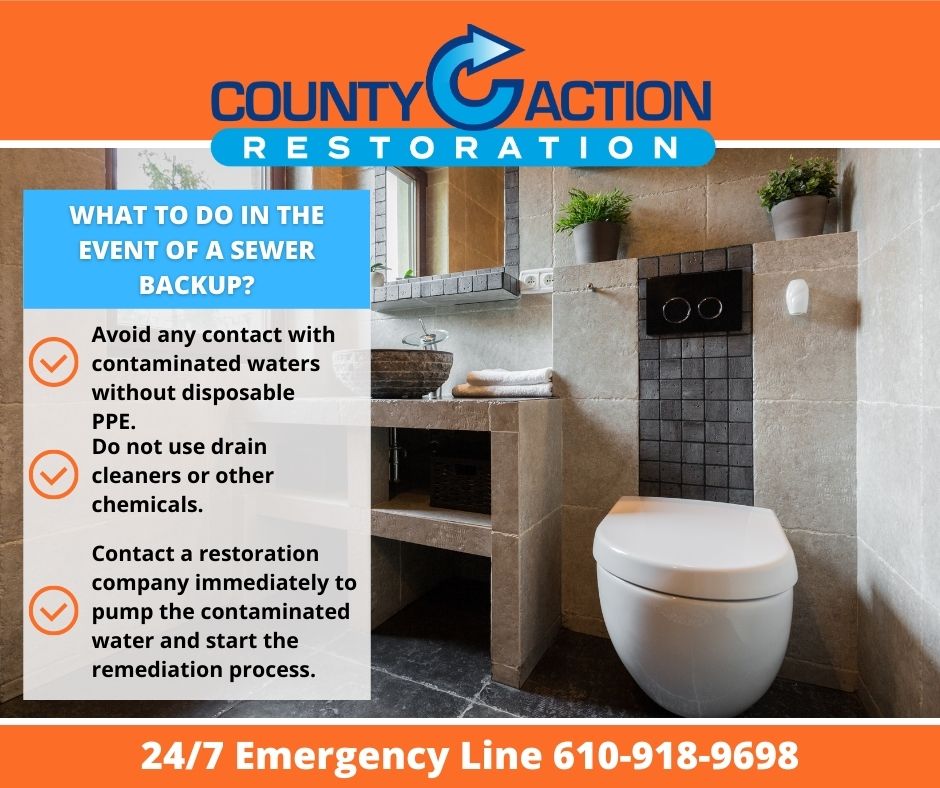|
Sewer backups in your home or business are a terrible misfortune. They are disgusting, smelly, and dangerous for your health.
Unfun Facts About Sewer BackupA sewer backup rarely happens instantly. In most cases, it usually occurs over time. Usually, it begins with a slow drain. Hence, if you notice a slow drain, there are a few things you can do to remediate the problem immediately:
You may have a more severe problem if your bath or shower tub backs up when you flush your toilet. It is a visible clue that something terrible is about to happen. What can be the potential root cause? Here is what we observe:
What Can You Do to Avoid a Sewer Backup?There are preventative measures you can implement to prevent a disaster from happening. If you are unsure about your DIY skills, contact a plumber for help:
These are simple measures that can help reduce the risk of a sewer backup. However, despite these measures, in the occurrence of a sewer backup, here is what you need to know. In Case of a Sewer BackupIn the event of a sewer backup with an overflow of the toilet bowl or tub, if you can, try to safely shut off the electricity in that area. At this point, leave the problem to professionals for your safety. Do not try to contain the water coming out. The water coming out of your toilet or tub is contaminated by human waste. Immediately contact an emergency plumber and a restoration company to take care of the repairs and cleaning. Restoration companies have the training, experience, and equipment to deal with overflows. Do not let contaminated water settle. It would make things worse. What Will Restoration Companies Do?Restoration companies will think in terms of safety, containment, and remediation. These are the three most important aspects of their job. The restoration technicians involved in your sewer backup will make sure your family is safe. They will wear their full gear composed of professional air masks, plastic boots, gloves, and overalls. Once the personal protective equipment is on, getting the water out is essential. While working on the triage of salvageable personal items, professional pumps and special vacuums are used to extract the water. All pumps and vacuums send the contaminated water to a truck that collects water and solid waste. Once the contaminated water is controlled and depending on the sewer backup’s nature, a snake or auger is inserted through the sewer cleanout to clear up and dislodge the clog. Once this first phase is completed, the cleanup and remediation process can start:
More Food for ThoughtsAs usual, being prepared is essential, and speed is critical. Therefore, “expect the unexpected” is the best piece of advice to homeowners. To ensure you are prepared for a sewer backup, check out your insurance policy and understand if sewer backup is covered. If you are unsure of the coverage, call your insurance agent to ask for the coverage specifically, as it is additional coverage on the policy. Finally, connect beforehand with a restoration company representative, and do your due diligence of the companies near you. In case of an emergency, you need to trust the company that will work with you and understand their process.
3 Comments
|
AuthorMike McCullough is the owner of County Action Restoration Archives
March 2021
|


 RSS Feed
RSS Feed